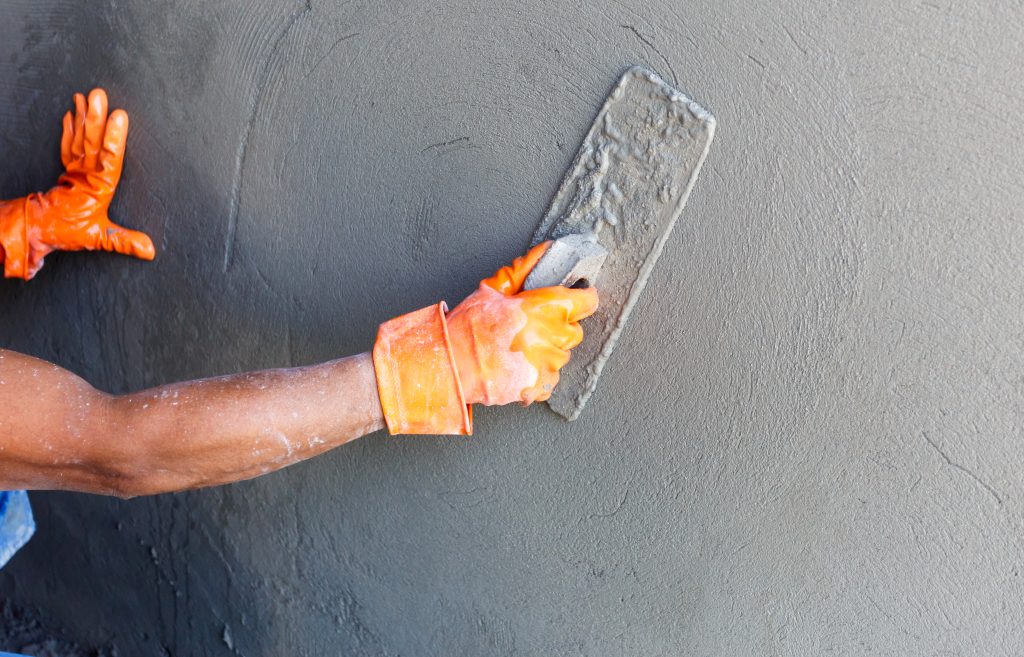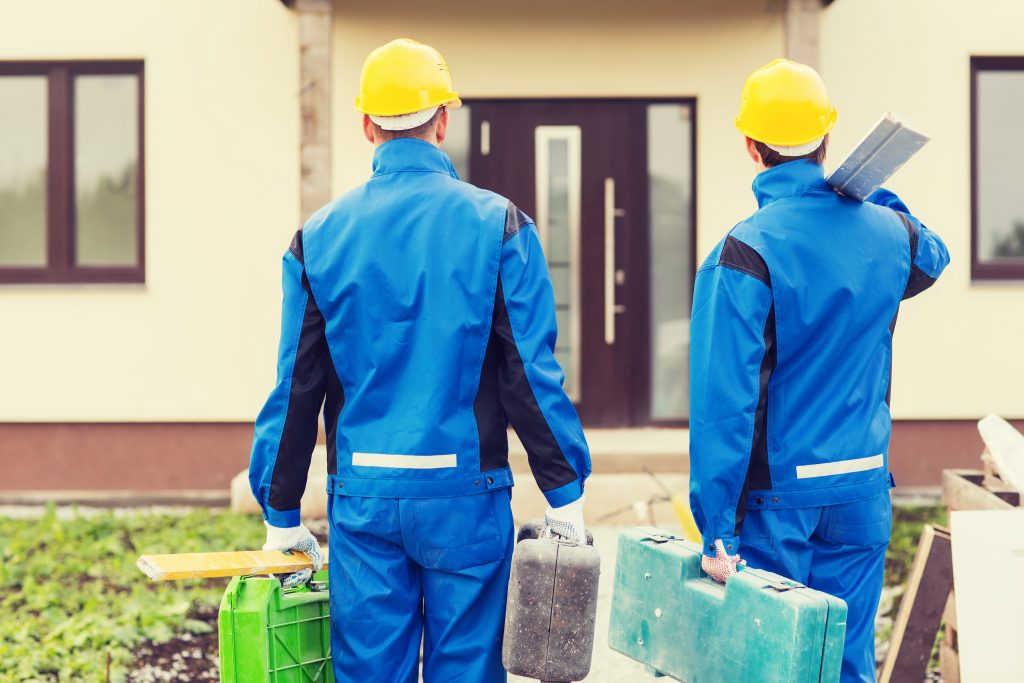- Croydon
- enquiries@plasterhouse.co.uk
- +44 7305 112745
how much does it cost to plaster a room?
This is a question I’ve been asked quite frequently over the last few years. My answer? It varies, depending on where you live, the size of the room, the type of material used, and the kind of paint that is applied. But you can almost always find out just by calling around to several contractors in your area. In this article I will discuss how much you can expect to pay for plastering in 2022 in England, London.
Why Plastering?
Plaster is a type of substance used to repair , cover cracks, holes and other damage on the surface of a wall or ceiling. It consists of materials such as cement, water, sand and aggregate, which are mixed together in the right proportions to produce a mixture that hardens into a solid mass. There are different variations of plasters ;this include concrete plaster, cement plaster, lime plaster, gympsum plaster, etc. Multifinish plaster is a variant of gypsum finish plaster which is used on several backgrounds. Multifinish plaster provides a smooth finish on many different surfaces.

What is plaster?
The main purpose of plastering internal walls is to cover any rough or uneven surfaces and prepare it for paint or wallpaper. It is a very useful and cost effective technique to cover up cracks and holes on the walls and ceilings.
Plastering is a very meticulous work hence it is better to get a good plasterer and use quality plaster materials to make your money worth it .
Why should I get my room plastered?
There are a million and one reasons why you should plaster your building, for example to make your walls polished for painting, soundproof, fire resistant, waterproof and more durable. Plastering seals cracks and holes on the surface of the wall . For example, if you have a crack in your wall, then a plaster will make it completely smooth. This is a very efficient method for keeping the outside of your building very clean and nice. However, if you have a large crack, it is advisable to consult a professional to check if your building is structurally strong.
If you do not have the budget to plaster your entire building, you can plaster only the areas that are of importance to you. On the other hand, if you want to keep the whole outside of your building polished, then you will need to plaster the entire exterior of your building. Gypsum plaster and cement is good choice for plastering your entire house. There are other factors you should consider before plastering, this involves moving or adding sockets or switches, choosing where you TV ariel runs will go, price of material etc.
How does plastering really work?
Plastering is used to seal the cracks on the wall surface. For example if you have a crack in your wall, then a plaster will make it smooth and more convenient for painting. This is a great method of keeping the inside & outside of your building looking clean, fine and nice.
Plastering can be very messy at times and requires you to cover your room with sheet and tapes. It also requires the use of specialised tools and equipments you would not purchase for occasional jobs hence a professional plasterer is often a good option. Plastering might just involve spraying water on the dry wall or priming with PVA depending on the plasterer’s knowledge and experience. However if you’re looking for a fine finish to paint on, its probably best to skim the whole wall or ceiling. You might be surprised to hear that plastering a small room can also be as difficult as a big room because a plasterer needs tools to work and use the tools more conveniently. When smoothing plaster, an experienced plasterer uses broad arm sweeps and needs plenty of room to do this.
Plastering can be done to create any sort of design or pattern on the wall. The plaster itself is composed of two parts: a resin binder that holds the particles together, and an aggregate material such as sand or cement. There are a lot of different of plasters like the Gypsum plaster, lime plaster, cement plaster, etc. The gypsum plaster is however the most common type with the advantage of being cheap and easy to use. It is also very less prone to cracks and mostly used as a topcoat since it can a achieve a really fine finish . This type of plaster can be purchased as a dry-mix or a ready-mix. On the other hand, cement plaster is best for plastering exterior walls since it is moisture resistant and will protect the wall against climate change. Cement is an important element in construction, because it is used to form concrete, brick, and mortar. It is also used to seal cracks and holes on the surface of the wall.
You could also consider re-plastering or skimming if you just want to smoothen your wall . Skimming is when a thin layer of plaster is applied to an already existing wall to smoothen it. It is preferable if chuck’s of your already existing plaster is coming off then you should first patch it or take of the existing plaster so that cracks do not appear again after replastering.
How much it costs to plaster a room?
The costs of plastering a room is not fixed as a lot of factors guide it. The prices vary based on materials used for the plastering, the size of the room, time and the kind of plaster. I will provide an estimated costs of plastering for the various kinds of plaster. Also, when plasterers price up a job they will consider the level of access to the area they are plastering. If you have a job that is on a steep ladder or in a tight space then it is likely that they will charge you more for this. The average price of bonding, multi-finish plaster sand / cement and other plastering material has increased significantly in 2021-2022 so you should expect plasterers to adjust their prices accordingly.

Skimming costs relatively cheaper than the others. For small sized rooms in london, plasterers usually charge around £450 – £600. For medium sized suite, it costs about £600 – £800 and for large sized suite it costs about £800 and above. The prices also differ based on complexity, travel distance and time involved.
So plastering of small en-suite costs approximately £800 plus whereas medium and large sized en-suite rooms costs £1,500 – £2,000 plus. If you are considering plastering only ceilings you should expect to pay between £450 and £700 based on the size of the room.
The costs of labour for dry lining for ceiling is about £250-£350 , whereas the costs of materials should be about £50-£100 per ceiling. For medium rooms, it costs about £300-£500 for labour and £100 for materials per room. It will obviously cost much more for dry lining a whole house.
In conclusion the cost of plaster depends on the size of the area needing plastering. So if you’re looking to plaster a large area, then it’s going to be more expensive than if you’re doing a small patch or filler job on a smaller scale. It’s also important to consider the type of plaster you need. If you want to paint a wall with texture and detail, then a fine grade of plaster is going to work best for you.
I suggest having a look at our pricing guide to get a better idea of the latest prices for plastering and rendering in london.
Other Potential Costs To Consider
At times, there are other costs we must consider aside from the costs of plastering, rendering or dry lining works. This includes removing already existing plaster ,disposal of waste ,scaffolding costs and protective tape and sheeting costs. This prices of all these extra costs depends on the company you prefer ,the size of the walls , etc .
Where do I get plaster?
You could buy plaster at home depot or at your nearest building supplies store . If you are a builder I suggest signing up and using the discount available at B&Q or Selco Builders Merchant. You can either buy the ready mix or dry mix and use the guide to prepare your own plaster. For DIY projects or beginner plasterers the ready mix plaster is far simpler since you just have to mix the plaster and start using it .
How to use plaster?
The first thing you should consider is if it’s going to be a large or small project and the time you have . The ready mix plaster is more preferable if its a one time thing as you won’t need to purchase tools required to make your own mixture . However if its a large project go for the dry mix and use the instruction to make your own plastering mortar. Our team has prepared a DIY plastering guide if you are plastering for the first time.
Choosing the right stuff.
Comparing the different varieties of materials is not so much of a problem if you know the project you are working on and your budget . For example, for internal walls Gypsum plaster is usually the best. Whereas for external plastering usually sand and cement from any supplier should work. Substances like cement, lime, mortar, gypsum are chosen based on the kind of end result. It is a good idea to consult a professional plasterer who through past trial and error experiences of material from various suppliers can recommend the best option.

Why professionals?
Plastering is not an easy job and no one would like to waste money on amateurs. Comparing rookies to professionals, the latter knows how important to pay attention to small details and will no doubt produce fine results . They would also give advice on the best things to choose for your plaster . It is absolutely a good idea to spend a little more money on professional service.

Where Your Money Goes –Work Manship vs. Materials Costs
Plasterers measure up the job and consider relevant factors before judging how much stuff will be needed and how much time will be used . Plastering is a job that must be done meticulously and most plasterers charge a fair price for this .When it comes to plastering a ceiling it can be very pain stacking because the plasterer works above his head. Thus putting a lot of strain on his neck, shoulder and upper back hence the costs of plastering a single ceiling is more when taking into consideration the area alone.
On the other hand , the costs of materials is another thing, depending on the project you decide on . For example, if the project is a family house with cracks running through most walls then you will need to weigh the cost of additional material such as mash, fillers, bonding and the time involved in additional preparation work.
Rendering vs Plastering
People often tend to interchange these two. Unlike the latter, render is used to coat exterior walls of the house. The latter, which is used for interior walls, is more of a decorative element and installation should be done with proper planning and attention to detail. Both are quite similar since they both provide a simple and elegant way to make your home look unique. However, the key difference between these two when comparing them is where and at what stage they are done at. We have actually wrote a whole article comparing the difference between rendering and plastering.
FREQUENTLY ASKED QUESTIONS (FAQ)
What is a plasterboard?
It is a board made of plaster set between two sheets of paper, used especially to form or line the inner walls of houses. Plasterers use the plasterboard to make interior walls and ceiling .
What is the best time for plaster installation?
There isn’t really a specific time for plastering but normally the day time is recommended as it causes minimum disturbance to the neighbours and allows the plaster to dry better due to the day light and weather. You should void plastering in extreme heat as moisture and water may dry in places too quickly and cause plaster to crack.
Can plaster directly on wood?
Plaster will not properly adhere to wood on it’s own – so a physical key is needed. You can install plasterboard on to the wood prior to plastering. Alternatively, for external wood walls you can use metal mash prior to rendering.
How long will it take for plaster to dry?
We recommend waiting 4 to 7 days for the plaster to completely dry before painting.
Contact Plaster House Ltd
Address: 170 Markfield Courtwood Lane CR0 9HQ
Office: +44 7305 112745
Email: enquiries@plasterhouse.co.uk

